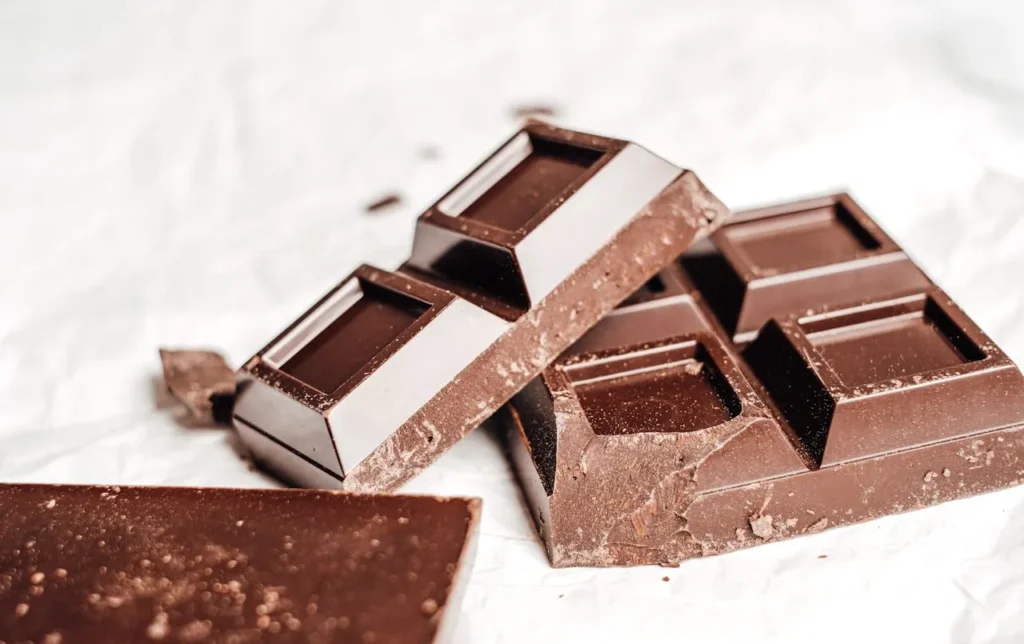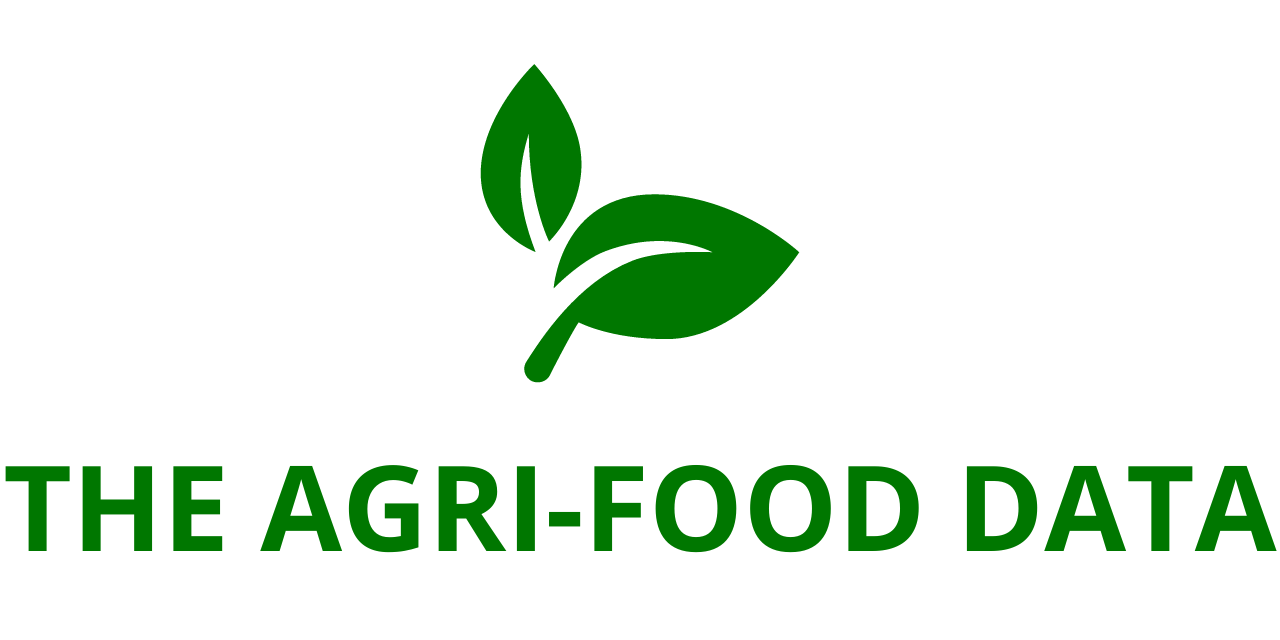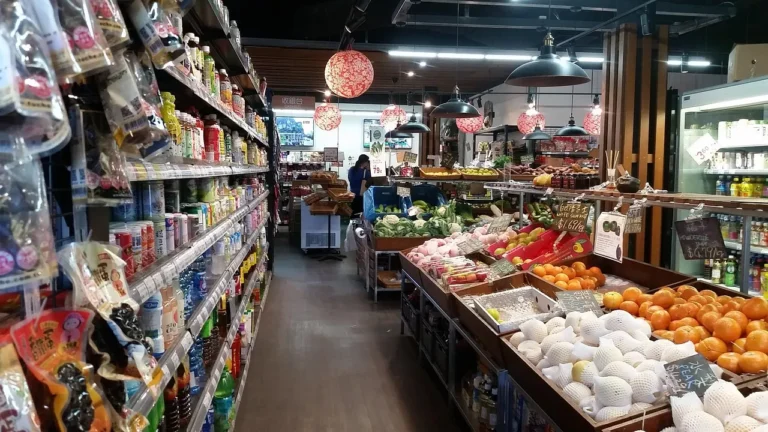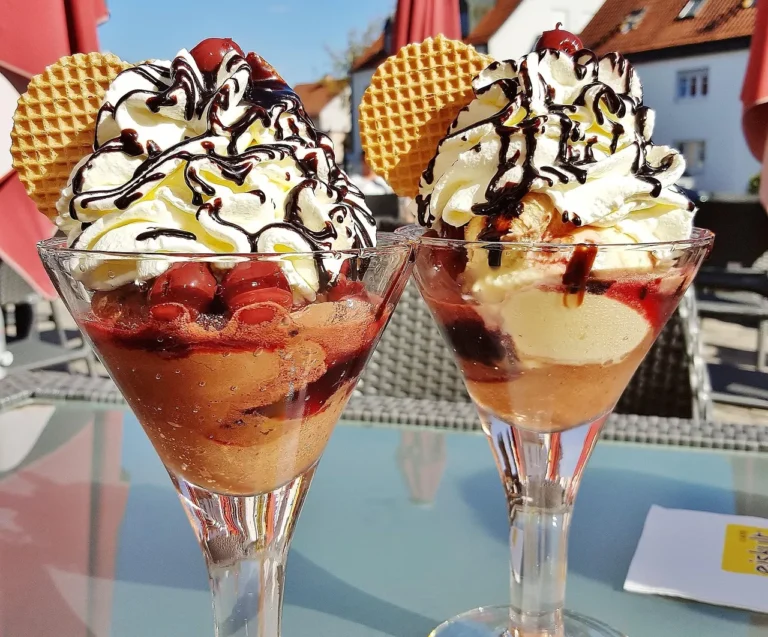
Few confectionery brands in the world enjoy the same level of recognition, cultural relevance, and commercial success as KitKat. Available in more than 85 countries and selling over 5 billion bars every year, KitKat has become Nestlé’s leading confectionery brand, both in terms of revenue and brand value. It is not only a best-seller for the Swiss food giant, but also a symbol of chocolate innovation and marketing excellence.
This year marks an extraordinary milestone: 90 years since the creation of KitKat in York, England, in 1935. Over the decades, the brand has grown from a simple four-finger chocolate wafer bar into a global phenomenon that represents much more than a sweet treat. Today, KitKat is synonymous with the idea of taking a break—whether that break is a pause in a busy workday, a shared moment with friends, or an indulgent escape through creative and unexpected flavors.
From Local Treat to Global Phenomenon
When KitKat was first launched in the United Kingdom, it was positioned as an accessible chocolate bar designed to provide everyday enjoyment. Its original format—a four-finger bar of crispy wafer covered in smooth milk chocolate—remains iconic. However, what sets KitKat apart from many other confectionery brands is its ability to evolve alongside consumers while still retaining its core identity.
The famous tagline, “Have a break, have a KitKat”, first introduced in the 1950s, has become one of the most recognizable brand slogans in advertising history. More than a clever catchphrase, it embodies the universal human need to pause, recharge, and enjoy life’s little moments. This simple message has transcended borders, languages, and generations, cementing KitKat as a cultural icon as well as a commercial powerhouse.
Reinvention Through Flavors and Formats
Over the past 90 years, KitKat has continuously reinvented itself to remain relevant in changing times and markets. One of its greatest strengths has been its openness to innovation in both flavors and product formats. While the classic four-finger bar remains at the heart of the brand, KitKat is now available in more than 300 flavors worldwide.
Japan has become a particularly important hub of flavor innovation for the brand, introducing varieties such as matcha green tea, sake, and wasabi. These unique twists on the traditional bar highlight KitKat’s ability to tailor products to local tastes and cultural preferences. Beyond Japan, regional adaptations have included mango, dulce de leche, and regional fruit flavors, making KitKat a truly global palate-pleaser.
In addition to flavors, KitKat has expanded into new formats that meet evolving consumer lifestyles. Today, KitKat can be found in ice creams, cereals, spreads, hot and cold beverages, and even premium chocolate tablets. This adaptability has allowed the brand to enter new categories and strengthen its role in diverse consumption moments, from quick snacking to more indulgent, shareable occasions.
Recent Innovations and Growth Opportunities
Nestlé has made KitKat a central part of its growth strategy, investing heavily in product development and marketing. One of the most recent and notable innovations has been the launch of the KitKat chocolate tablet in Europe. Chocolate tablets are the second most popular chocolate format in the region, valued at CHF 7.5 billion, with sales having grown by CHF 1.4 billion in just two years. By entering this booming segment, KitKat positions itself not only as a snack for breaks but also as a premium chocolate option for sharing and indulgence.
Collaborations have also fueled KitKat’s appeal among younger consumers. Limited-edition launches, such as the KitKat Chunky Funky and the KitKat Nescafé Mocha Flavor, showcase how the brand can cross over with other Nestlé favorites and playfully experiment with taste and style. These products do more than expand the range—they keep the brand exciting, relevant, and aligned with shifting consumer trends.

Marketing That Connects Across Generations
Marketing has always been a cornerstone of KitKat’s success. Rouven Lochmüller, Global Brand Manager for KitKat, emphasized the importance of consistency in messaging, noting: “Effective marketing with a consistent message is crucial for continuously winning over consumers across geographies.”
Recent global campaigns, such as “Break Better”, encourage people to take more meaningful breaks in their day-to-day lives. This builds upon the heritage of the “Have a break” message while updating it for contemporary audiences who value balance, mindfulness, and self-care.
At the same time, KitKat has embraced modern marketing channels and cultural partnerships. Collaborations with Netflix and Spotify in India, sponsorships of League of Legends esports tournaments, and interactive experiences at major music festivals in Brazil demonstrate the brand’s agility in connecting with younger, digitally savvy consumers. These initiatives ensure that KitKat is not only a chocolate bar but also a lifestyle brand woven into moments of entertainment and leisure.
Global Partnerships and Cultural Impact
Strategic partnerships have been another key driver of KitKat’s growth and global visibility. One of the most significant in recent years has been the collaboration with Formula 1®, Nestlé’s largest global brand partnership to date. This alliance allows KitKat to reach millions of fans around the world while tapping into the excitement, speed, and innovation associated with the sport—qualities that resonate strongly with Gen Z and millennial audiences.
KitKat’s cultural impact extends beyond sports. Through localized campaigns, the brand has created memorable experiences tailored to specific regions. For example, in Brazil, KitKat offered festivalgoers spectacular themed “breaks” during one of the country’s biggest music events, blending entertainment with product engagement. These efforts highlight how the brand balances global consistency with local customization to maximize impact.





